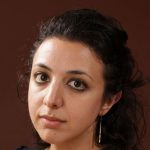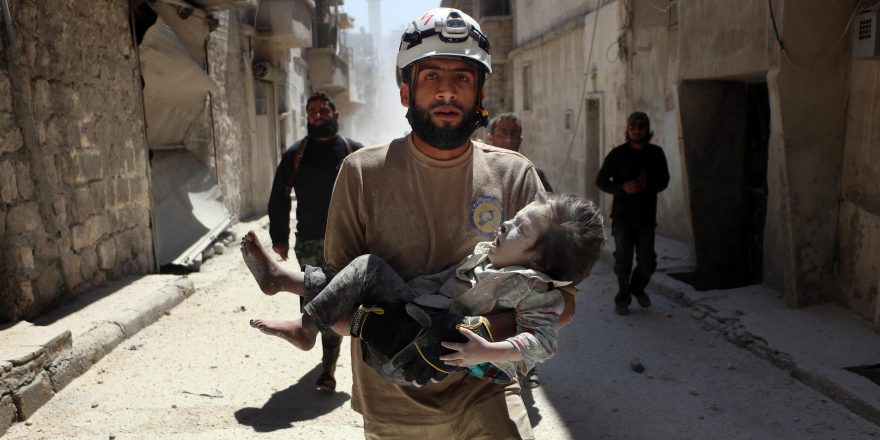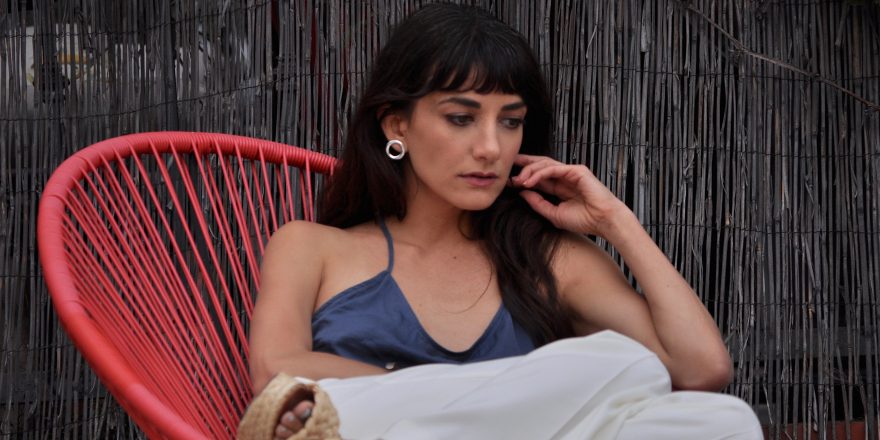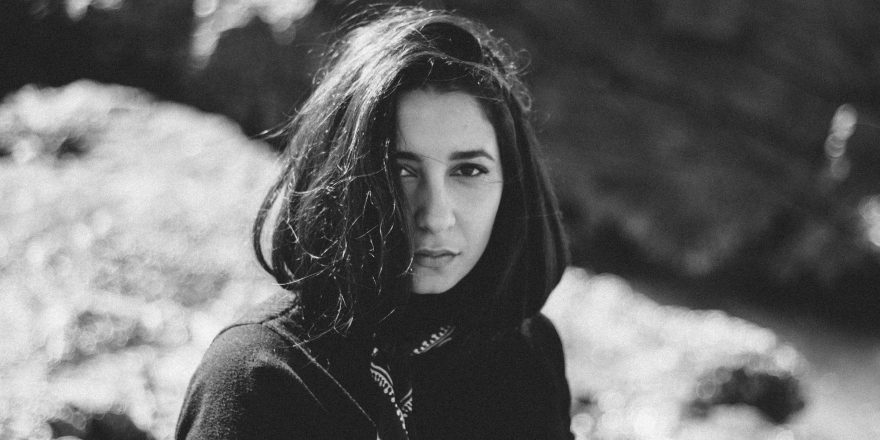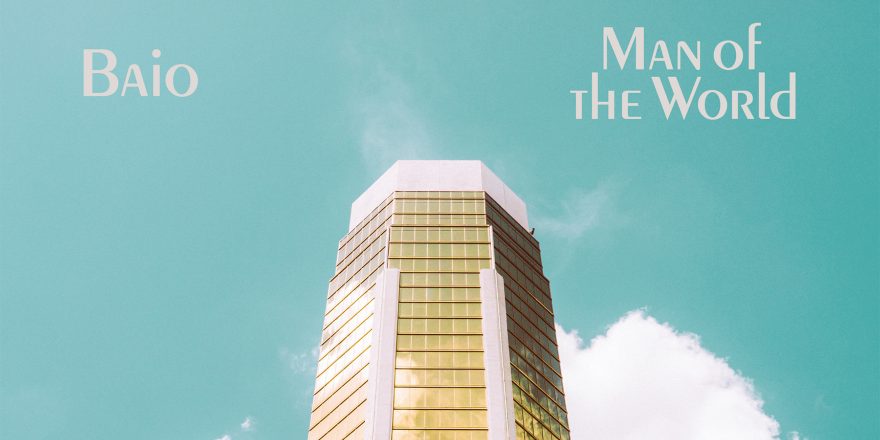I started film school in September 2001. By May 2002, I had written a treatment for a short film called Marjoun and the Flying Headscarf, about a teenage girl in Austin, Texas, who discovers she has superpowers when she taps into her Sufi practice. As I wrote down that title, I had no idea that I would be embarking on a 20-year journey through the terrors of Islamophobia, and into the empowerment of storytelling.
At that time, I was about to go shoot a documentary in Palestine, and I was thrilled that I would be making Marjoun when I came back.
Shockingly, I received a letter from our department chair, stating that shooting my documentary in the West Bank would be “exceptionally dangerous” and that I would have to withdraw from university if I was going to make it. I was asked to sign the letter.
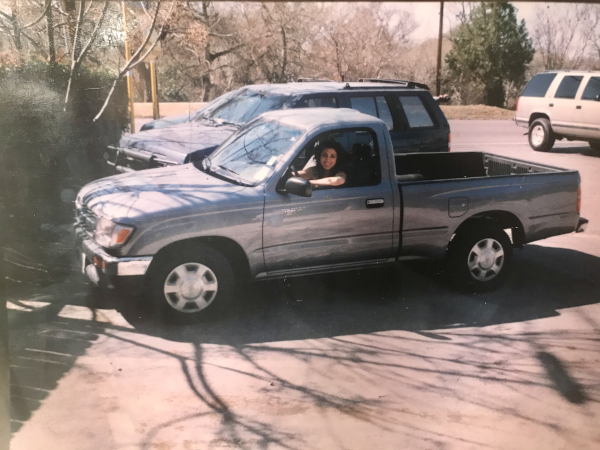
For my West Bank shoot, I had been planning to get film equipment and a carnet (a shipping document which exempts you from paying import duties or taxes when you cross international borders with film gear) from the university. Back in 2002, the equipment you needed to make a movie was extremely expensive.
I was committed to making the documentary, so I signed the letter and withdrew from the university. I started emailing people to ask for help paying for my film equipment. When word got out about what had happened to me, I started receiving press inquiries from all over the country.
Again, the film department at the university stepped in. They told me not to speak to any journalists.
I was terrified. I wanted to become a filmmaker. And I wanted to get back into school.
So I did not talk to anyone. I just moved ahead with the film, throwing myself into credit card debt which would later lead to me receiving eviction notices at my studio apartment.
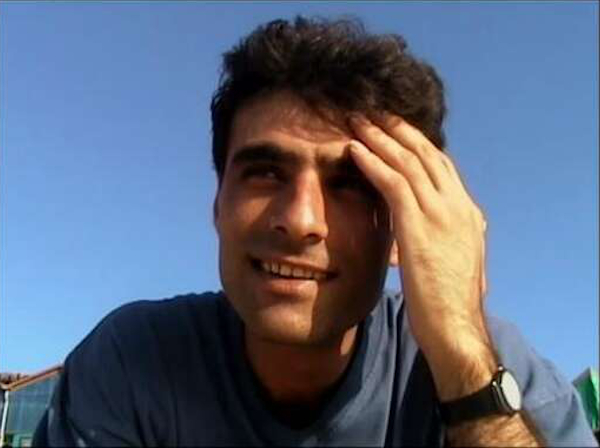
This was my first experience with Islamophobia. I did not know that was what was happening to me, because I was just a young woman trying to make her work. I also did not contemplate that this was Islamophobia. I was making a personal documentary about a Christian family in Ramallah. I did not understand what was problematic about that. I had always felt completely invisible in the world of film and TV, but I had never been suppressed before. So I couldn’t recognize the beast when it found me.
Unfortunately, this was only the beginning of my troubles. On a stopover to the Holy Land, I was detained at Amsterdam Airport Schiphol in the Netherlands. I had no carnet for all the equipment I was carrying. After being held for a long time underground in the airport, I was strip-searched. When I was finally released and traveled on to Jerusalem, I had to wait a whole week before I was given access to the equipment again. When my documentary, Forbidden to Wander, was shown at Museum of Modern Art in New York City in 2005, the screenings were picketed by protestors who had never even seen the film.
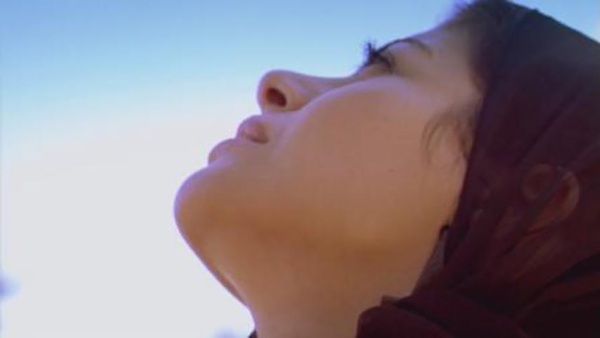
Because of my experience making Forbidden to Wander, and because it happened so early on in my filmmaking career, the way that I approached making and releasing Marjoun and the Flying Headscarf inevitably changed. I first sent the short only to festivals in Arab countries, before a friend suggested that I also submit it to Sundance. When the film was accepted by Sundance, the programmers could not track me down – because it never entered my head that Marjoun would get in. They eventually tracked down through my sister!
When I decided to expand Marjoun and the Flying Headscarf from a short into a feature, I felt the expanded version of that film had to address the myriad rights abuses against Arab and Muslim Americans. My experience on Forbidden to Wander was sadly not an isolated incident, and I have faced escalating institutional discrimination throughout my career. It is always in the shadows, but I suppressed it because I just wanted to make and show my work, relying on the support of individuals to that end. With the feature version of Marjoun, which I completed in 2019, I challenged myself to take the shame and guilt which discrimination had caused me, and bring it out of the darkness and into the light.
The story I wrote is of a teenage girl in Arkansas whose father is detained on dubious terrorism-related charges, and who goes on a journey to free him. I chose to have her attend the same high school as the Little Rock Nine, contemplating the civil rights journeys that are shared between Black, Muslim and Arab people in the United States.
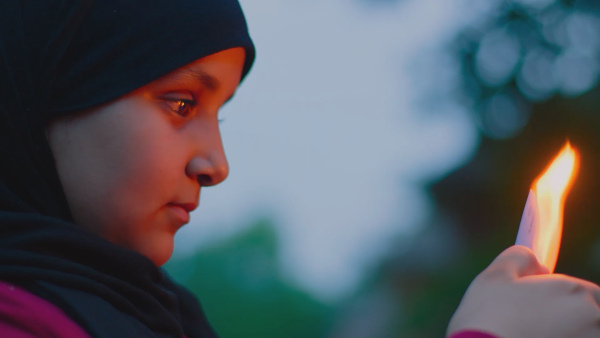
The abuses Arab and Muslim Americans have suffered include harassment of students, dismissal of faculty, the Muslim ban, the state-controlled ban of Syrian refugees, surveillance by the police and FBI, airport detention, First Amendment violations, and the material support for the terrorism statute that was initially created to deal with white supremacists but has been used to detain Arab and Muslim Americans.
Recently, I organized a Clubhouse event to discuss with human rights attorneys our civil rights journey since 9/11, using Marjoun and the Flying Headscarf as a case study. One of the things we discussed was that under Biden’s presidency, the Muslim ban is the only policy that targets Arabs or Muslims which will be shelved. Despite all that, the Arab and Muslim American community has evolved to provide resources to care better for its rights. (We are making a recording of that Clubhouse event available as a partner material for Marjoun. Anyone who wants to listen to it can contact us at info@marjoun.com.)
What happened to me can happen to anyone making work or collaborating with Arabs and Muslims. It changes all of us. In the feature version of Marjoun and the Flying Headscarf, the title character gets exactly what she sought at the beginning of the film: her triumph. I hope Marjoun’s agency becomes symbolic of a progression for all of us.
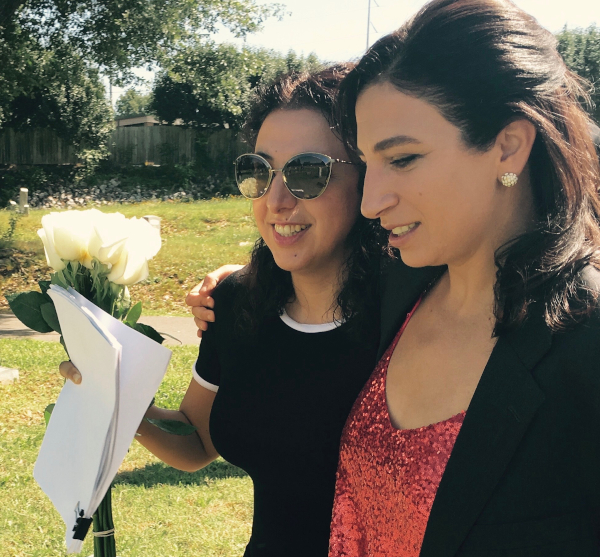
Marjoun and the Flying Headscarf is currently eligible for a Best Picture Academy Award nomination. I decided to qualify the film for the Oscars because not only did the Buddhist monastics who appear in Marjoun mention an Oscar nomination to me when we were making the film, but a powerful Muslim public figure who was helping us also told us we must enter. When I heard this from these spiritual and civic leaders, I wanted to follow the word of my sisters who inspire me. They were so encouraging and wanted success for the film, and I wanted it too. It has been beautiful to make the film available for healing through the Academy of Motion Picture Arts & Sciences Screening Room. I translated the suggestion to qualify the film for the Oscars into the power to help create mindfulness for us all. It has been an act of resistance but, even more powerful than that, an act of affirmation of our presence in the world.
Featured image shows Veracity Butcher in Marjoun and the Flying Headscarf.



